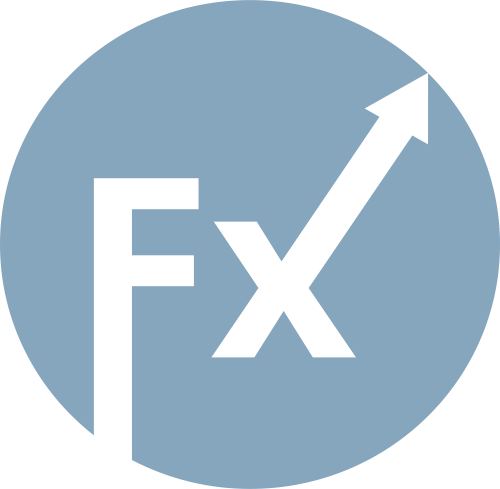On Wednesday, October 8, the Reserve Bank of New Zealand (RBNZ) will hold its next monetary policy meeting — the second-to-last meeting of the year. The central bank is widely expected to cut the official cash rate by 25 basis points. This base-case scenario has already been priced into the market, meaning the decision itself is unlikely to cause meaningful volatility in NZD/USD. Instead, attention will shift to the bank's guidance on future policy steps.
Back in August, during its previous meeting, there were widespread rumours that the RBNZ might be ready to end its rate-cut cycle following an acceleration in inflation during the second quarter. Analysts were divided on the issue, but the eventual dovish tone of the meeting applied pressure to the New Zealand dollar. Not only did the central bank lower rates, but it also suggested that further easing — possibly one or two more rate cuts — could occur this year.
Now, ahead of the October meeting, market participants are again asking whether the central bank will draw a line under the easing cycle or leave it open-ended. Currently, market sentiment is predominantly bearish, so if the RBNZ maintains a dovish tone, it is unlikely to cause a significant market reaction. However, if the central bank unexpectedly questions the need for additional cuts or hints at a pause, the New Zealand dollar is likely to gain strong support. Such an outcome would be a clear surprise.
When it comes to inflation, the picture remains uncertain. Unfortunately, New Zealand's consumer price index (CPI) data are published quarterly rather than monthly, which means the RBNZ will be making its decision based on outdated information from the second quarter. The inflation report for the third quarter will be released in mid-October, after the October policy meeting. This could justify a cautious stance from the RBNZ. Policymakers would likely stress that any further decisions on policy easing will depend on forthcoming macroeconomic developments — particularly inflation data.
The labor market is in a similar position. For now, the RBNZ only has access to second-quarter data. According to those numbers, the unemployment rate rose to 5.2 percent, which is the highest level in five years, while labor force participation dropped to 70.5 percent — its lowest level since the first quarter of 2021. Underutilization increased to 12.8 percent from a previous reading of 12.4 percent. Taken together, these numbers point to a weakening labor market, where high unemployment is accompanied by increasing underuse of workforce potential. This combination tends to suppress wage growth and reduce price pressures.
As for gross domestic product (GDP), recent data showed that New Zealand's economy contracted by 0.9 percent quarter-on-quarter and by 0.6 percent year-on-year. The decline affected the majority of sectors, with manufacturing and construction seeing particularly sharp drops. The services sector hovered near stagnation. However, this data also covers only the second quarter. Third-quarter GDP results will be released later.
Overall, the current macroeconomic picture supports another 25-basis-point rate cut at the October meeting. But will the RBNZ provide clear forward guidance about further easing, given the lack of updated economic indicators? Most likely, the central bank will adopt a cautious tone, opting for generalized wording that suggests future decisions will be driven by data. This would effectively mean a "hawkish cut" — an interest rate cut that is already priced in, paired with uncertainty about what comes next.
Given the current market expectation of continued dovishness, such a neutral message from the RBNZ could be interpreted in favor of the New Zealand dollar. For example, analysts at Westpac and ASB forecast two more rate cuts this year — one at the October meeting and another in December. Any skepticism about that outlook would be viewed as supportive of the kiwi.
From a technical analysis perspective, the NZD/USD currency pair is currently trading between the middle and lower lines of the Bollinger Bands on the daily chart. It is also positioned below the Kumo cloud and between the Tenkan-sen and Kijun-sen lines. If bears manage to break below the key support level of 0.5800 — which corresponds to the Tenkan-sen line on the daily timeframe — the Ichimoku indicator will produce a bearish "Parade of Lines" signal, potentially opening the way toward the lower Bollinger Band level near 0.5740.
Conversely, long positions should only be considered once the pair has broken and consolidated above the resistance level of 0.5820. This threshold coincides with the middle Bollinger Band, the top of the Kumo cloud, and the Tenkan-sen and Kijun-sen lines on the four-hour chart. In that bullish scenario, the next main upward target will be 0.5870, which is the lower boundary of the Kumo cloud on the daily chart.

ĐƯỜNG DẪN NHANH